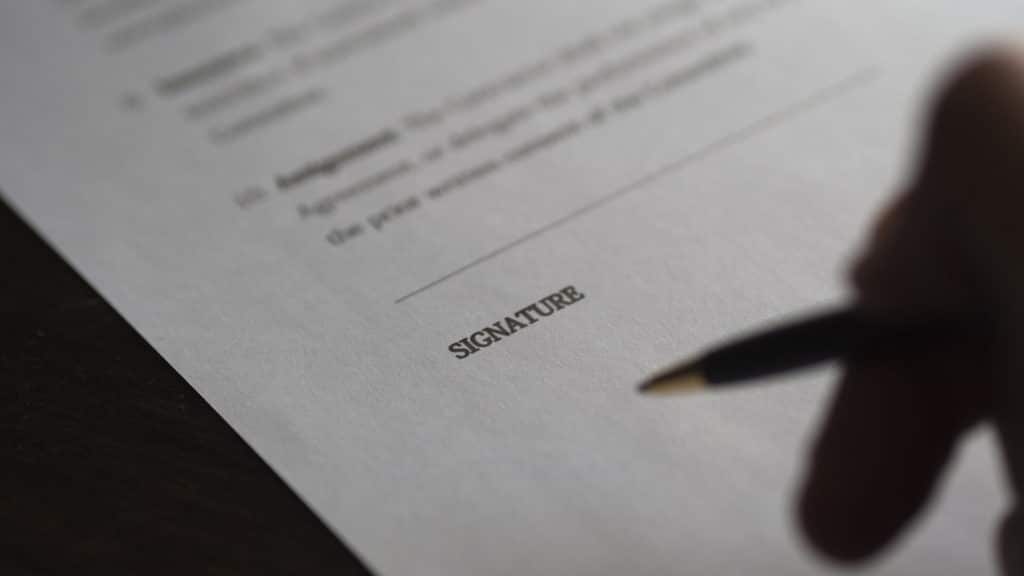The journey to find the right senior living community has been long, but you’re almost at the finish line. You’ve done your research, you’ve toured, you’ve gotten feedback and you’ve even started the downsizing process. Now all that’s left is signing the paperwork at your community of choice. And there will be a lot of it. Make sure you’re prepared with this list of documents you’ll need to move to senior living.
Essential Documentation for Senior Living
Red tape, you can’t escape it. Part of the admissions process for senior living is to prepare and sign a variety of documents that help the community direct your care. Typical paperwork includes:
- Durable Financial Power of Attorney — Also known as a durable power of attorney for healthcare, this document gives the appointed agent(s) the authority to make healthcare decisions on your behalf.
- Advance Directive — A set of instructions about future medical care should you or your loved one become incapacitated and unable to make or articulate your own decisions.
- Living Will — A type of Advance Directive, this important document informs others of the types of medical care you do or do not want such as resuscitation, mechanical ventilation, feeding tubes, dialysis and/or organ donation.
- Durable Medical Power of Attorney — Another type of Advance Directive also known as a durable power of attorney for healthcare, this document gives the appointed agent(s) the authority to make healthcare decisions on your behalf.
In some states, the law allows you to combine a medical power of attorney and living will into one advance directive document.
- Medicaid Waiver — If your state has a Medicaid Waiver program to assist with the cost of assisted living, you can apply for the program either before or after the move, but must meet both the financial and medical eligibility criteria to qualify. In addition to the income requirement, the waiver programs in many states require that you or your loved one have a specific medical condition or meet the qualifications to receive a particular level of care.
- Physical Assessment Form — Completed by a physician, this form includes medical history and diagnoses, cognitive or behavioral status and physical or sensory limitations. The physician can also indicate medical or therapy services you or your loved one needs, as well as the extent of assistance needed with daily living or personal care.
- Resident Agreement — This contract between the resident and the senior living community should list the services you or your loved one will receive and the types of care provided, as well as the fee schedule and any extra costs. It’s important not only for your family to read the agreement carefully but to also have an attorney review it before you sign.
- Individual Service Plan — Also known as a care plan, this document is provided by the community and details the specific services you or your loved one will receive, how each will be provided, who will provide it and how often you will receive the service. This document should be updated at regular intervals or more often in the event you need more or less care.
Bonus Tip
While you’re preparing all of the documents above, it’s a good idea to get all your heath, financial and legal information together so it’s easily accessible if and when you need it.
Health Information
- Personal medical history, allergies and medication list
- Health insurance and/or Medicare, Medicaid information
Financial Information
- Bank and brokerage account information
- Deeds and mortgage papers
- Vehicle Title
- Monthly or outstanding bills
- Pension and other retirement benefits
- Social Security payment information
- Stock and bond certificates
- Tax returns
Legal Information
- Will
- Trust documents
- Life-insurance policies
Other Helpful Documents
- Online usernames and passwords
- List of safe deposit boxes and keys
- Military records
- Birth certificate
- Driver’s license and passport
- Social Security card
Also, make sure your family puts a financial plan in place to determine how you’ll handle ongoing financial duties such as paying bills, managing benefit claims, making investment decisions and preparing tax returns once you or your loved one has moved to senior living.
For answers to additional senior living questions, check out our Family Decision Guide!



